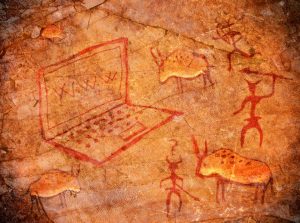
When you have been using your computer for a few months or a few years, you may notice that it is operating more slowly than it used to. Over time as you add and remove programs from your computer and browse the web, behind the scenes hundreds of extra files are saved to your computer.
Many of these are not useful and can be removed to help speed up your computer. However, it is difficult for even an experienced computer user to know what can safely be deleted. Luckily there are tools you can install and use to help keep your computer clean and optimized. One such program that we recommended is CCleaner which is available as a free download. We’ll show you how to find, download and use this program to optimize your PC.

Visit www.piriform.com/ccleaner and click to download the free version. When you are prompted to Open or Save the program click Open and it will download and install automatically. When prompted to do so, leave the Run CCleaner checkbox enabled so the program runs automatically when you click Finish.

When CCLeaner runs the first time you will notice two tabs, Windows and Applications and that many options are already set for you. These are the program’s default options and are best left as set. To start the process, click Analyze and CCleaner will analyze your computer to determine what files can be safely removed. This process may take some time to complete.

Once the analysis has been completed you will see the files which the program suggests can be deleted. If desired, you can save a list of these files by right clicking on the list and choose Save to Text file. You can use this as a record of the items that you are about to clean up.

If you’re happy to go ahead and remove these files, click Run Cleaner. You’ll be warned that CC Cleaner is about to permanently remove files from your computer so click Ok and wait as the files are removed. Again, this may take some time. Once completed CC Cleaner will show a report of the deleted files in the text window. Note: CCleaner can also be used to clean up your computer’s Registry and we will cover this topic in a future newsletter. At that time, we will explain the (vital) importance of backing up the Registry, we will step you through doing this, and then show you how to identify and fix Registry issues.







